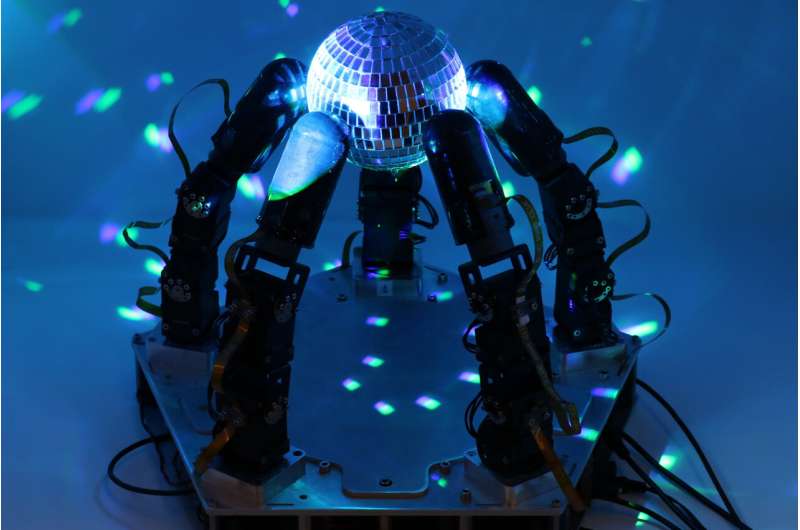Over the years, many different traits have tried to define human beings, but honestly speaking, none have done a better job of it than our tendency to grow at a continuous clip. This tendency, in …
Over the years, many different traits have tried to define human beings, but honestly speaking, none have done a better job of it than our tendency to grow at a continuous clip. This tendency, in turn, has already fetched the world some pretty huge milestones, with technology emerging as quite a major member of the group. The reason why we hold technology in such a high regard is, by and large, predicated upon its skill-set, which realized all the possibilities for us that we couldn’t have imagined otherwise. Nevertheless, if we look beyond the surface for a second, it should become clear how the whole runner was also very much inspired from the way we applied those skills across a real world environment. The latter component, in fact, did a lot to give the creation a spectrum-wide presence and start what was a full-blown tech revolution. Of course, this revolution then went on to scale up the human experience through various unique directions, but even after achieving a feat so notable, technology will somehow keep on delivering the right goods. The same has grown to become a lot more evident in recent times, and assuming one new discovery ends up with the desired impact, it will only make that trend bigger and better moving forward.
The researching team at Columbia University School of Engineering and Applied Science has successfully created a robotic hand, which combines an advanced sense of touch with motor learning algorithms so to achieve a higher level of dexterity than, let’s say, we have seen before. According to certain reports, the researchers designed and built a robot hand with five fingers and 15 independently actuated joints, with each finger equipped using their own touch-sensing technology. Once that was done, they moved on to gauging the tactile hand’s prowess in terms of completing complex manipulation tasks. Here, the team used a method called deep enforcement learning, basically a method for motor learning. Talk about what is motor learning; it refers to a robot’s skill to learn new physical tasks via practice. Anyway, by working alongside a mix of some new algorithms, modern physics simulators, and highly parallel processors, the technology in question completed approximately one year of practice in only hours of real-time. Having gained sizeable confidence following the tests, the researching team then finally transferred this manipulation skill trained in simulation to the real robot hand.
“While our demonstration was on a proof-of-concept task, meant to illustrate the capabilities of the hand, we believe that this level of dexterity will open up entirely new applications for robotic manipulation in the real world,” said Matei Ciocarlie, associate professor in the Departments of Mechanical Engineering and Computer Science.
Make no mistake; researchers have previously tried, on several occasions, to generate better dexterity in robot hands. However, almost all those attempts have failed to get the system to do anything more than simply picking and placing items. Given the breakthrough has now well and truly arrived; Ciocarlie suggested a few initial applications for it by saying:
“Some of the more immediate uses might be in logistics and material handling, helping ease up supply chain problems like the ones that have plagued our economy in recent years, and in advanced manufacturing and assembly in factories.”
Another detail worth a mention is how the new robotic hand is able to work without any external cameras, making it immune to lighting, occlusion, or similar issues. It also doesn’t rely on vision to manipulate objects, something which should enhance its value in substandard lighting conditions where vision-based algorithms can get a little wonky. Notably, while a lack of reliance is, for sure, a big upside; there is an intention to provide technology that vision feedback, thus enabling it to unlock an even more refined level of skill.
“The directional goal for the field remains assistive robotics in the home, the ultimate proving ground for real dexterity. In this study, we’ve shown that robot hands can also be highly dexterous based on touch sensing alone. Once we also add visual feedback into the mix along with touch, we hope to be able to achieve even more dexterity, and one day start approaching the replication of the human hand,” said Ciocarlie




